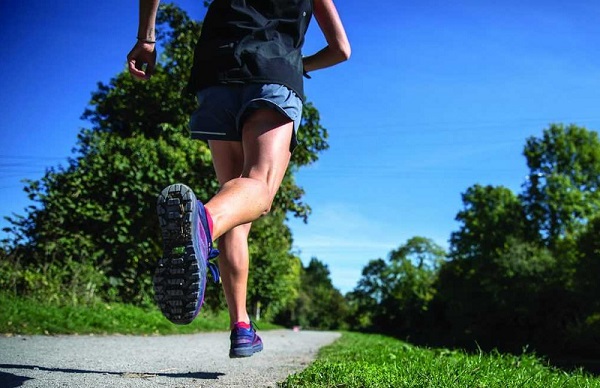
DR STEPHEN PARKES ON HOW ACTIVE TRAVEL ENABLES INCLUSION IN SOCIETY
Posted on 5 October 2020
By Dr Stephen Parkes, Research Fellow at the Centre for Regional Economic and Social Research at Sheffield Hallam University
Walking, cycling, and other active modes, can be hugely beneficial to our towns and cities. Research and experience tell us that higher levels of active travel can make significant contributions to improving health, lowering pollution, and supporting the economy. There is, however, also huge potential to greatly level the playing field with regards to access to jobs and other social opportunities.
Our current transport system is one that has traditionally favoured cars. Investment in roads often focuses on expanding space for cars and other larger vehicles, and whilst some great examples of infrastructure for active travel exist, these are often in a minority. The evidence indicates that many of us continue to feel unsafe cycling amongst other traffic on the roads and that the space for pedestrians is often inadequate, for example too narrow to allow pushchairs or wheelchairs to navigate.
There is an important equity dimension to this. Households on lower incomes are less likely to have access to a car and be much more reliant on walking or buses to access jobs and other opportunities. They are also more likely to work shift patterns or at unsociable hours; as a result, they are often forced into car ownership, at great expense, just to be able to reach employment. Car owners in the lowest 20% of incomes can spend a quarter of their total income on motoring .
Greater prioritisation and investment in walking and cycling can increase opportunities to access jobs, services, and enhance inclusion in society by creating a transport system that can be navigated more quickly and safely by a much greater proportion of the population. There will always be a need for cars, for example for those with significant mobility issues or for emergency vehicles and whilst not every journey is possible by active modes, a great many are, and by creating a safer environment we increase the chances for more people to travel by such modes. This is not all about infrastructure, we can enable more people to travel by active modes through providing cycle training, access to bicycles, increasing awareness of safe routes, and also creating jobs and opportunities in places more accessible by active modes.
Ultimately, supporting more active travel is, in part, about creating a system that has more potential to work for everyone whilst contributing to enhancing our health, environment, and economy.




